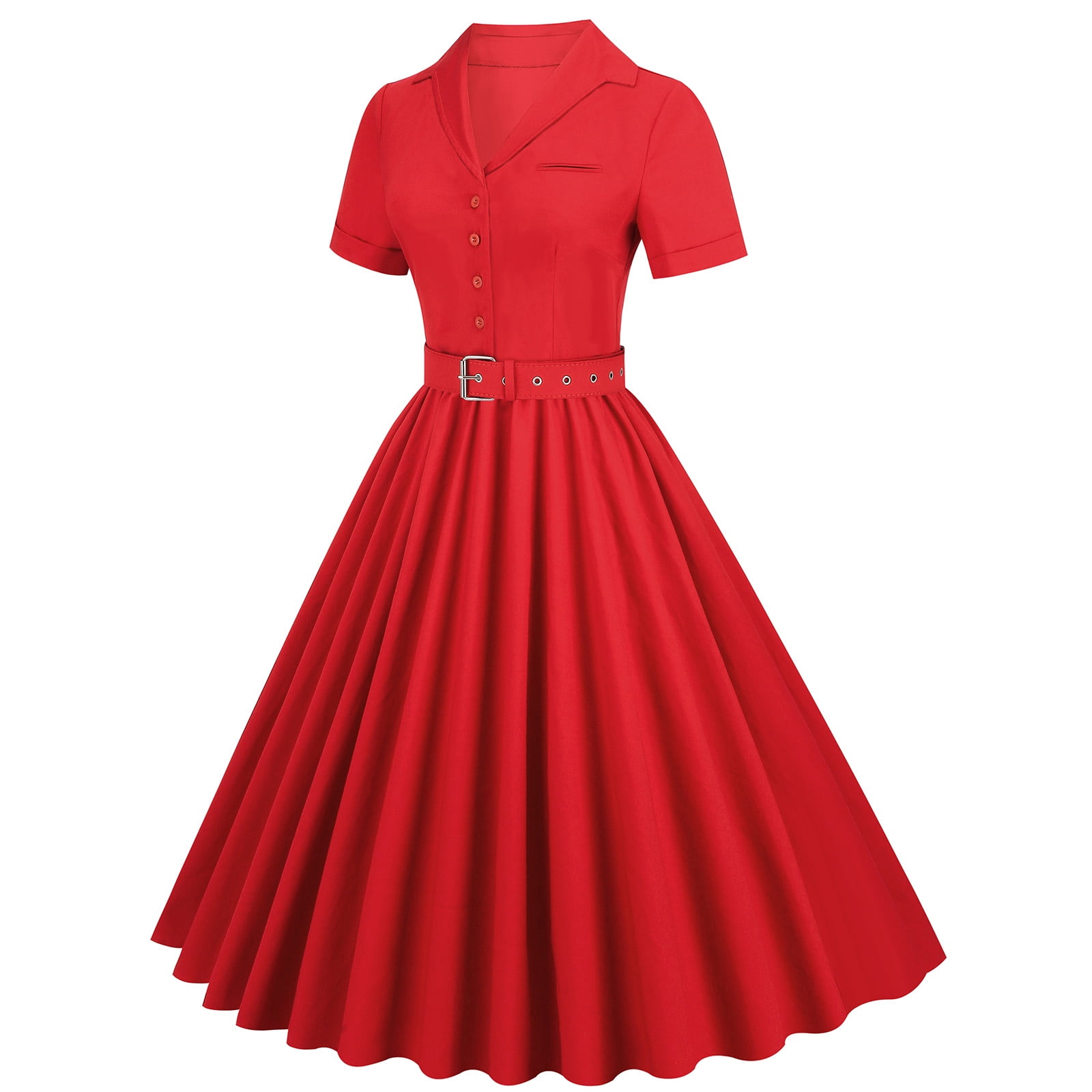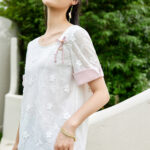Discover the Perfect Ladies Dress for Every Occasion
Selecting the right attire is an art form, a silent language that speaks volumes before a single word is uttered. The quest for the perfect ladies dress is more than a matter of fashion; it is a pursuit of personal expression, confidence, and appropriateness for the moment. Whether you are preparing for a pivotal professional engagement, a joyous celebration, or a serene casual day, the dress you choose becomes an extension of your identity. This guide is designed to navigate the vast and sometimes overwhelming world of women’s fashion, bringing you not only professional knowledge rooted in design principles and social anthropology but also practical advice that acknowledges the importance of value. We will dissect the elements that constitute the ideal ladies dress for various settings, supported by objective reasoning and authoritative perspectives, ensuring you are equipped to make informed and stylish choices.
The Foundation of Dress Selection: Understanding Silhouette and Fabric
Before delving into specific occasions, it is imperative to grasp two fundamental elements that define any ladies dress: silhouette and fabric. The silhouette, or the overall shape of the garment, is the primary factor that influences how a dress complements your body type. Renowned fashion institutions, such as the Fashion Institute of Technology, teach that understanding one’s body proportions is key to selecting a flattering silhouette. For instance, an A-line dress, which is fitted at the bodice and gradually widens towards the hem, is universally flattering as it creates a balanced profile. The choice of fabric, on the other hand, dictates not only the dress’s drape and movement but also its suitability for the season and formality of the event. Natural fibers like cotton and linen offer breathability for casual summer outings, while heavier fabrics like wool crepe or structured jacquard are better suited for formal winter events. The scientific principle of textile science explains how the weave and fiber content affect a garment’s durability, comfort, and appearance. As the iconic designer Coco Chanel once implied, true elegance is achieved when the inside and outside become one; the internal structure and external fabric must work in harmony. Therefore, investing time in understanding these core components is the first step toward consistently selecting the perfect ladies dress.

The Power Suit of Social Events: The Cocktail Dress
For semi-formal gatherings such as cocktail parties, gallery openings, or sophisticated dinners, the cocktail dress reigns supreme. This category of ladies dress is characterized by a length that typically falls just above or below the knee, striking a balance between elegance and a hint of playfulness. The definition of a cocktail dress is not rigid but is often associated with luxurious fabrics like silk, satin, or lace, and may feature embellishments such as sequins or beading. The key is to project an image of polished confidence. From a sociological perspective, as explored in texts like Thorstein Veblen’s “The Theory of the Leisure Class,” clothing often serves as a marker of social status and cultural capital. A well-chosen cocktail dress communicates that you understand and respect the social codes of the event. A statement from a style editor at Vogue magazine reinforces this, noting that the cocktail dress is a woman’s armor for the evening, designed to make her feel powerful and captivating. When selecting a cocktail dress, consider the color psychology; a classic little black dress (LBD), a concept popularized by Coco Chanel, offers timeless versatility, while a bold color like emerald green or crimson can make a memorable impression. The cut should be flattering but not overly revealing, allowing your personality to shine through.

Embracing Effortless Style: The Casual Day Dress
In contrast to the structured formality of eveningwear, the casual day dress is the cornerstone of a relaxed yet put-together wardrobe. This type of ladies dress is designed for comfort and ease, perfect for weekend brunches, casual Fridays at the office, or a day of exploring the city. The parameters for a casual dress are broad, encompassing styles like shift dresses, shirt dresses, and maxi dresses. The fabric is typically soft and breathable, such as cotton jersey, chambray, or linen. The philosophy behind casual dressing, as often discussed on platforms like Quora and in lifestyle blogs, centers on authenticity and personal comfort. It’s about looking stylish without appearing as if you’ve tried too hard. The renowned author and style influencer on YouTube, for example, might emphasize the importance of a “signature” casual dress that can be dressed up with accessories or down with sneakers. The objective here is functionality paired with aesthetic appeal. A well-made casual dress should allow for freedom of movement and be easy to care for, yet its design—through a unique print, a interesting neckline, or a graceful cut—should still reflect a conscious style choice. It is the garment that proves elegance and comfort are not mutually exclusive.

The Pinnacle of Elegance: Navigating Formal and Black-Tie Attire
When the invitation specifies “black-tie optional” or “formal,” the expectations for the ladies dress elevate significantly. This is the domain of the floor-length gown or a very sophisticated cocktail dress. The choice here is a deliberate statement of respect for the occasion, be it a wedding, a gala, or an awards ceremony. The science of color theory and design principles become particularly important. A gown in a rich, jewel-toned velvet can convey opulence in the winter, while a flowing chiffon number in a pastel hue is ideal for a spring wedding. The architecture of the dress—its seams, darts, and internal boning—must create a flawless silhouette. As any costume designer for major motion pictures would attest, the right formal dress can transform a character’s presence on screen; the same principle applies in real life. Furthermore, the concept of discounted prices should not be overlooked even in this high-stakes category. Many luxury retailers and online boutiques offer seasonal sales on formalwear. Investing in a classic, well-tailored gown from a previous season at a reduced price is a savvy strategy, as timeless elegance never goes out of style. The goal is to find a dress that makes you feel regal and self-assured, an embodiment of the event’s significance.

The Professional Persona: The Office-Appropriate Dress
The corporate environment demands a ladies dress that balances professionalism with personal style. This is not merely about adhering to a dress code but about crafting a visual representation of your competence and reliability. An office-appropriate dress is typically knee-length or longer, with a modest neckline and sleeves (or the option to wear a blazer over it). Fabrics should be structured, such as wool blends, ponte knit, or high-quality polyester, which resist wrinkling and maintain their shape throughout a long workday. The psychology of clothing in the workplace, a topic studied in organizational behavior literature from universities like Harvard Business School, indicates that what we wear can impact both our own confidence and how others perceive our capabilities. A sheath dress, for example, is a powerful choice for a presentation or an important meeting, projecting an image of efficiency and focus. It is also an area where value is paramount. Building a professional wardrobe requires pieces that are durable and versatile. Look for dresses with classic lines and neutral colors that can be mixed and matched with different blazers, shoes, and accessories to create multiple outfits, maximizing the cost-per-wear and ensuring you get the best value for your investment.
The journey to finding the perfect ladies dress for every occasion is an ongoing exploration of self and style. It is a process that blends objective knowledge of design, fabric, and social context with the subjective realm of personal taste and comfort. By understanding the principles behind different dress codes and making informed choices based on quality and value, you can build a wardrobe that not only looks impeccable but also makes you feel confident and empowered in any situation. Let your choices in ladies dresses be a true reflection of the multifaceted and remarkable individual you are.






